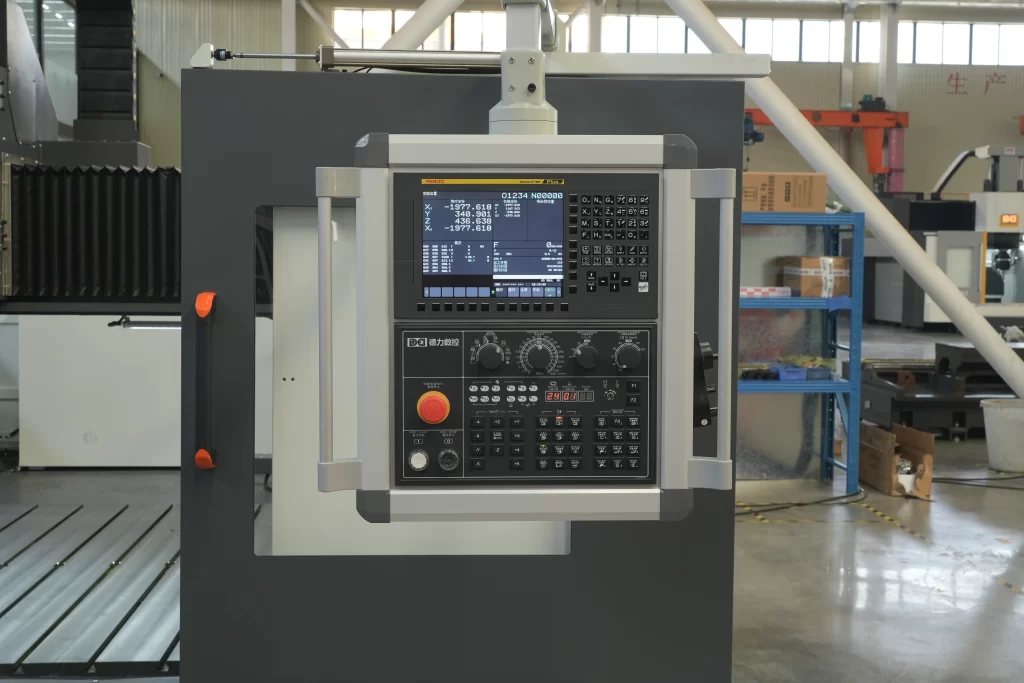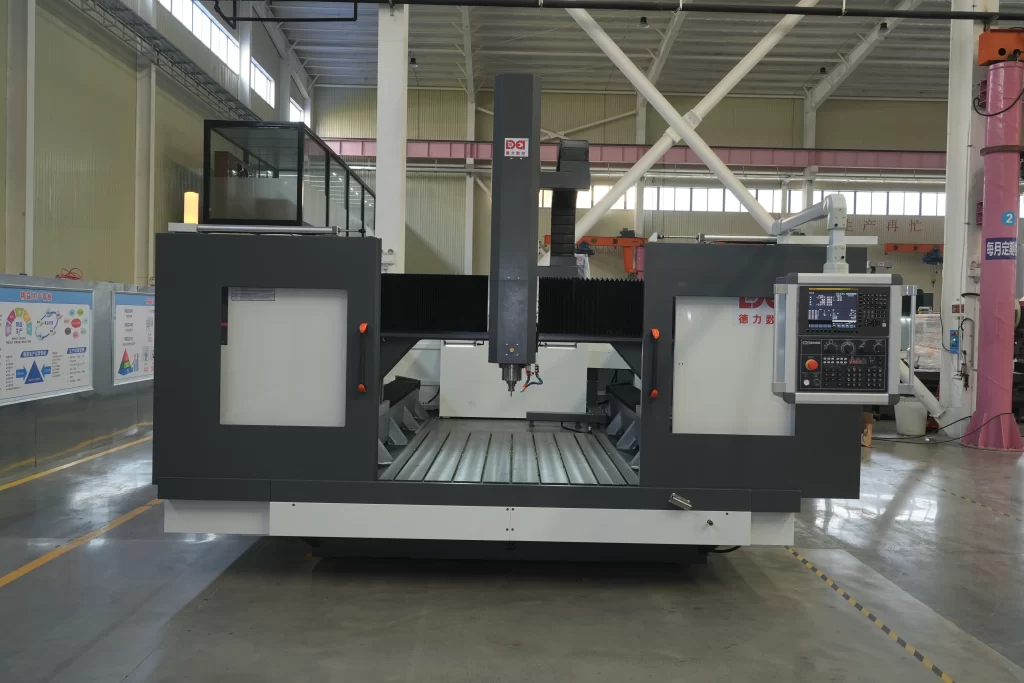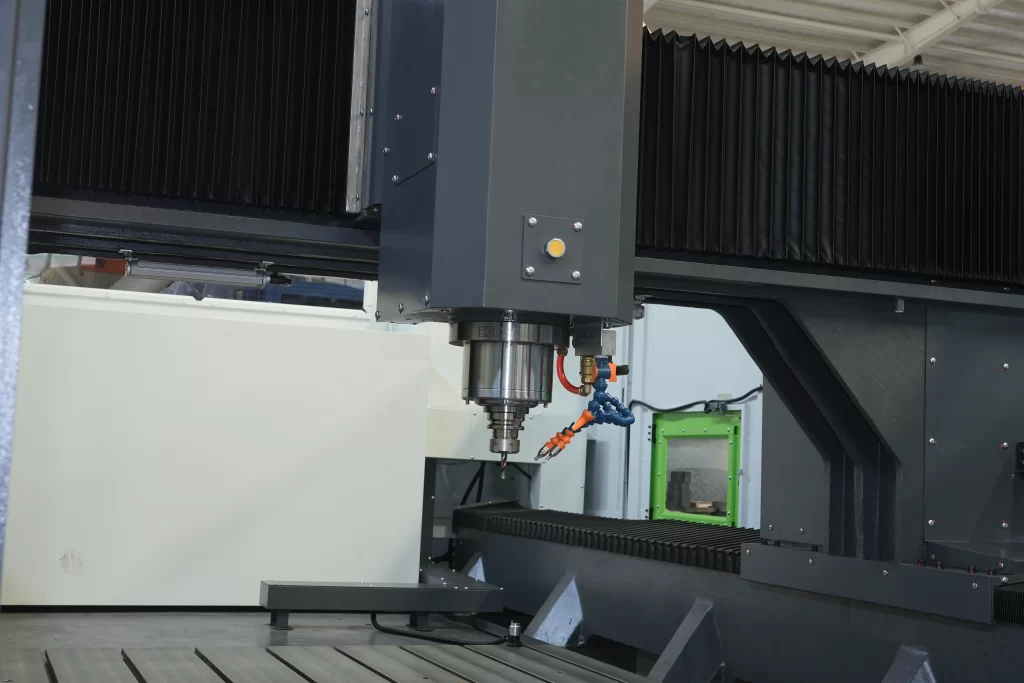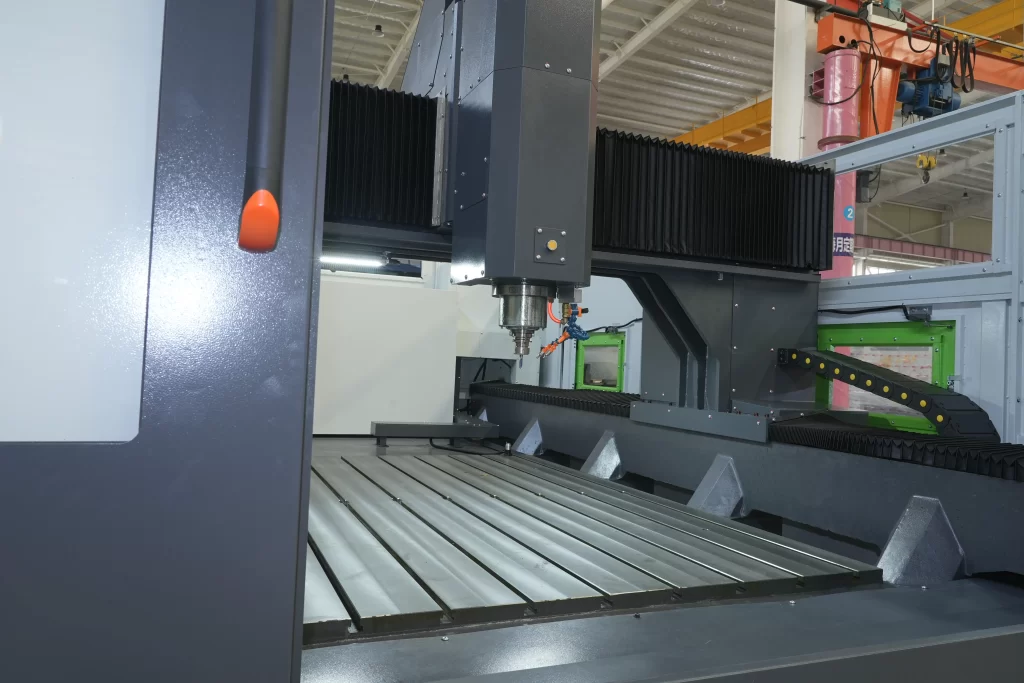Types of CNC Machines: Classification by Process, Axis & Applications

CNC (Computer Numerical Control) technology is a cornerstone of modern manufacturing. By precisely controlling machine tools with digital instructions, it has revolutionized industries such as automotive, aerospace, and medical. This technology significantly enhances efficiency and accuracy, making it easy to produce complex parts. Different types of CNC machines are designed to meet specific material and production needs, optimizing processes, reducing costs, and catering to diverse industrial applications.
Types of CNC Machines by Processing Method

CNC Lathe
CNC lathes operate by rotating the workpiece against a stationary or moving cutting tool. They are exceptionally well-suited for producing parts with rotational symmetry, such as cylindrical, conical, threaded, or shaft components like bolts, drive shafts, or pipe fittings. Renowned for their high precision and efficiency, CNC lathes are indispensable for the mass production of metal or plastic parts and are extensively utilized in the automotive, general machinery, and energy sectors.
CNC Milling Machine
CNC milling machines utilize high-speed rotating cutting tools to perform multi-directional cutting on a stationary workpiece. They are capable of processing flat, curved, inclined, and grooved surfaces, as well as various complex three-dimensional geometries. These machines are frequently employed in mold manufacturing, general mechanical parts processing, and even artistic engraving. Thanks to their robust versatility, CNC milling machines deliver exceptional performance when working with diverse materials, including metals, wood, and plastics.
CNC Machining Center
A CNC machining center is a highly automated machine tool that consolidates multiple processing functions, including milling, drilling, boring, and tapping. These centers typically come equipped with an automatic tool changer and a tool magazine, allowing for the completion of various operations on complex parts in a single setup. This significantly boosts production efficiency and machining accuracy. Machining centers are especially well-suited for high-precision, multi-process production of intricate parts in sectors such as aerospace, precision instrumentation, and automotive components.
CNC Electrical Discharge Machining (EDM)
Electrical Discharge Machining (EDM) employs electrical sparks generated by pulsed discharges to erode workpieces. Its distinctive non-contact processing method makes it perfect for machining hard, tough, or intricately shaped conductive materials like titanium alloys, hardened steel, or superalloys. EDM is crucial for achieving high-precision, micro-machining in areas such as precision mold manufacturing, aerospace components, and medical devices, even though its processing speed is comparatively slower.
CNC Laser Cutting Machine
CNC laser cutting machines utilize a high-energy density laser beam as a non-contact “tool” for material cutting. They achieve exceptionally high cutting precision and smooth edges on thin metal or non-metal sheets, with minimal heat-affected zones, thereby effectively reducing material deformation. Laser cutting machines are extensively used in industries such as electronics, precision machinery, advertising, and medical devices, particularly for applications demanding superior cutting quality and precision.
CNC Plasma Cutting Machine
Plasma cutting machines generate a high-temperature, high-velocity plasma arc to melt and remove conductive metal materials, enabling rapid cutting. They are particularly effective for processing thick steel plates, stainless steel, aluminum plates, and other conductive metals, offering advantages such as fast cutting speeds and relatively lower costs. Plasma cutting machines are widely employed in large-scale metal fabrication, including shipbuilding, structural construction, heavy machinery, and pressure vessel manufacturing, making them an ideal choice for efficiently cutting thick plates.
CNC Waterjet Cutting Machine
Waterjet cutting machines employ high-pressure water jets (often combined with abrasives) for cutting. Their primary advantage lies in their “cold cutting” capability, meaning no heat is generated during the process. This prevents thermal deformation or degradation of the material. Waterjet cutting machines can cut virtually any material, including metals, glass, ceramics, stone, composites, and plastics. They are frequently utilized in applications where materials are heat-sensitive, fragile, or require high precision without thermal impact, such as aerospace composite materials, artistic glass, and food processing.
Other Processing Method Machines
In addition to the mainstream types mentioned above, the CNC machine family also includes various specialized equipment for specific processing needs:
- CNC Grinding Machine: These machines specialize in the precision finishing of parts, aiming for extremely high surface finishes and dimensional accuracy. They are commonly used in the manufacturing of bearings, gears, and precision molds.
- CNC Punching Machine: These machines use punching dies to create holes, blanks, and formed features in thin sheet materials. They are widely applied in the mass production of casings for home appliances, automotive parts, and electronic product enclosures.
- CNC Bending Machine: These machines are used for the precise bending and forming of metal sheets, playing a vital role in architectural decoration, sheet metal fabrication, and electrical cabinet manufacturing.
- CNC Engraving Machine: These machines are specifically designed for fine engraving and relief processing, and are commonly found in the jewelry, handicrafts, advertising signage, and woodworking industries.
- CNC Router: These machines are primarily used for cutting, engraving, and milling wood, plastics, composites, and soft metals. They are widely applied in furniture manufacturing, model making, and signage production.
CNC Machines Classified by Number of Control Axes

The number of control axes in a CNC machine directly influences its processing complexity and versatility.
2-Axis CNC Machine
2-axis CNC machines typically control linear motion in the X and Y directions. Their structure is relatively simple, primarily used for processing planar contours, such as 2D cutting, simple planar milling, or turning (e.g., X and Z axes of a lathe). These machines are lower in cost and intuitive to operate, suitable for basic 2D processing tasks, but cannot handle complex 3D geometries.
3-Axis CNC Machine
3-axis machines add linear motion control in the Z-axis (vertical direction) to the X and Y axes. They are the most common and widely used type of CNC machine in manufacturing, capable of 3D processing and handling most standard parts, including planar milling, drilling, boring, and simple 3D curved surface processing. With their good versatility and cost-effectiveness, 3-axis machines are the preferred choice for small and medium-sized enterprises and general machining.
4-Axis CNC Machine
4-axis machines add a rotary axis (usually called A-axis or B-axis) to the 3-axis setup, allowing the workpiece or tool to rotate around a specific axis. This design significantly enhances processing flexibility, enabling multi-sided processing of complex parts, reducing the number of workpiece re-clamping, and improving processing accuracy and efficiency. 4-axis machines are commonly used for processing parts with rotational features such as helical grooves, cams, and turbine blades, and are widely applied in mold manufacturing, aerospace, and automotive components.
5-Axis and Above CNC Machines
5-axis machines typically include three linear axes (X, Y, Z) and two rotary axes (e.g., A, B axes or B, C axes), enabling arbitrary angle positioning and simultaneous processing of tools or workpieces in space. This multi-axis linkage capability allows 5-axis machines to process extremely complex free-form surfaces, deep cavities, and complete multi-sided processing in a single setup, effectively avoiding error accumulation from multiple clamping operations.
Multi-axis machines (including 6-axis and above) further broaden processing capabilities, though they come with significantly increased equipment complexity and maintenance costs. These machines are critical for high-precision manufacturing in fields such as aerospace (e.g., turbine blades, airframe structural parts), medical devices (e.g., artificial joints), precision molds, and high-end automotive components.
CNC Machines Classified by Application Area

The widespread application of CNC machines is the cornerstone of modern industrial development, with different industries having specific demands for the type and performance of CNC machines.
Aerospace Industry
Aerospace parts require extremely high precision and complex geometries, such as turbine blades, airframe structural components, or satellite components. 5-axis Machining Centers are the preferred choice, easily handling curved surfaces, deep cavities, and non-standard angle processing with their multi-axis linkage, ensuring tolerances in the micron range. CNC Electrical Discharge Machining (EDM) is also commonly used for processing high-temperature alloys, ensuring high durability of aero-engine parts.
Automotive Industry
Automotive manufacturing emphasizes high-volume, high-efficiency production, covering a variety of parts from engines to car bodies. CNC Lathes quickly process shaft parts, such as crankshafts, drive shafts, or brake discs, suitable for assembly line operations. Machining centers excel at complex parts, such as cylinder blocks, gearbox housings, or suspension components, integrating milling, drilling, and tapping, adapting to high-paced production demands. CNC punching machines are also used for rapid forming of car body panels.
Medical Device Manufacturing
Medical devices demand extremely high precision for miniature parts and surface quality, such as artificial joints, dental implants, or surgical tools. CNC Milling Machines create small, complex parts with high precision, ensuring dimensional accuracy down to microns. Laser Cutting Machines excel at non-contact cutting of titanium alloys or medical plastics, producing smooth, burr-free surfaces, suitable for manufacturing implants or precision diagnostic equipment.
Mold Manufacturing
Mold manufacturing requires handling high-hardness materials and complex curved surfaces, such as injection molds or die-casting molds. CNC Electrical Discharge Machining (EDM) processes hard steel or titanium alloys through electrical spark erosion, offering extremely high precision, suitable for complex molds. 5-axis milling machines efficiently handle curved surfaces and deep grooves, ensuring geometric accuracy of molds, widely used in home appliance and automotive parts production.
Conclusion
CNC technology is at the core of manufacturing. 2-axis lathes efficiently process circular parts like bolts and shafts, suitable for basic machinery. 3-axis milling machines excel at complex curved surfaces, commonly used in automotive and electronic mold processing. 5-axis machining centers complete multi-sided complex parts in one go, frequently used in aerospace and medical equipment. Under Industry 4.0, machine tools are becoming smarter: real-time monitoring ensures stability, automatic tool changing improves efficiency, and AI optimizes paths to reduce waste. They are adaptable to metals, plastics, and composite materials, meeting the high-precision demands of various industries.



